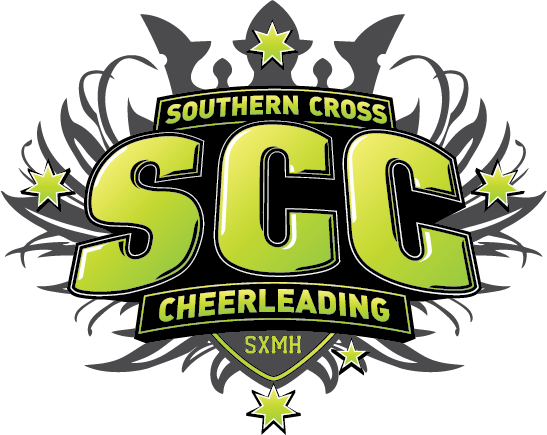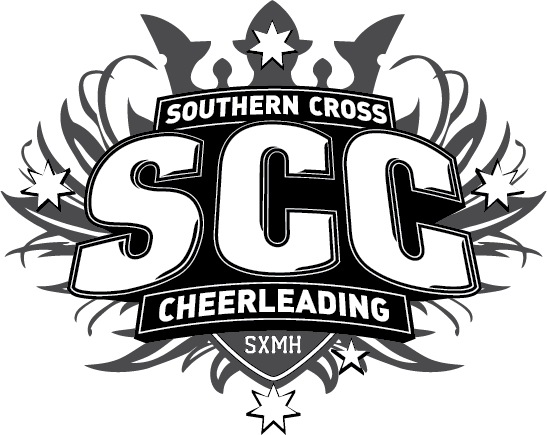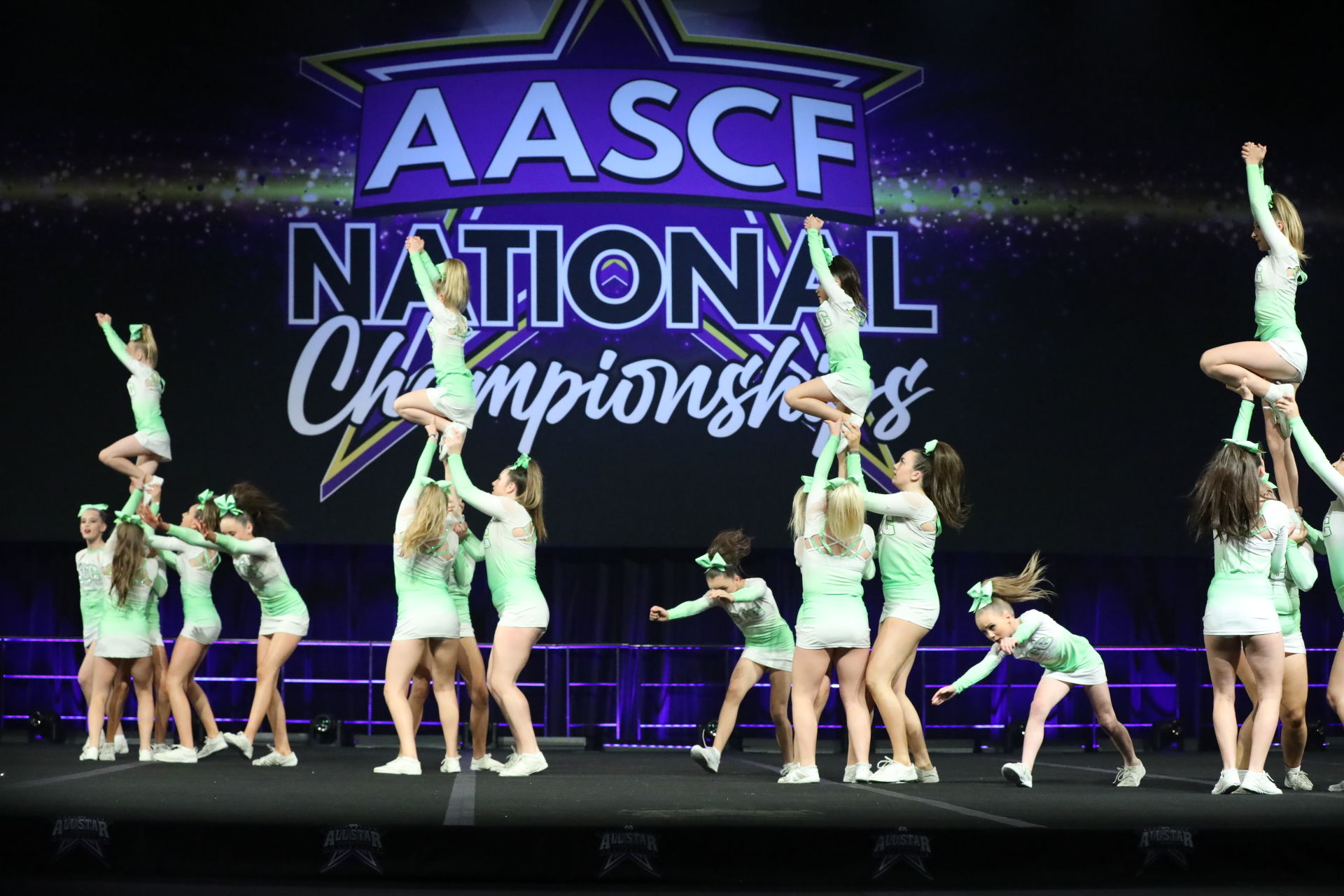Cheerleading is a high-energy sport that combines athleticism, teamwork, and performance. For those new to the sport, understanding the various elements that make up a cheerleading routine can be both exciting and daunting. This guide will break down the key components of a routine, explain their physical and mental demands, and provide insights into the performance aspect of cheerleading.
Duration of a Cheerleading Routine
A typical cheerleading routine lasts between 2:00 and 2:30 minutes. Each routine is performed to custom music that is specifically tailored to match the choreography and energy of the team's performance. Teams compete at various levels of difficulty, ranging from novice to level 7.
It's essential for a team's routine to adhere strictly to the skills permitted within their specific level to ensure safety and compliance with competition rules. This ensures that athletes perform at an appropriate difficulty level, allowing for a safe and structured progression in their cheerleading journey.
Elements of a Cheerleading Routine
1. Stunts:
Stunts involve lifting and throwing athletes into the air, creating exiting visuals and aesthetic formations. These require immense strength, balance, and coordination from both the bases (those who lift) and flyers (those who are lifted).
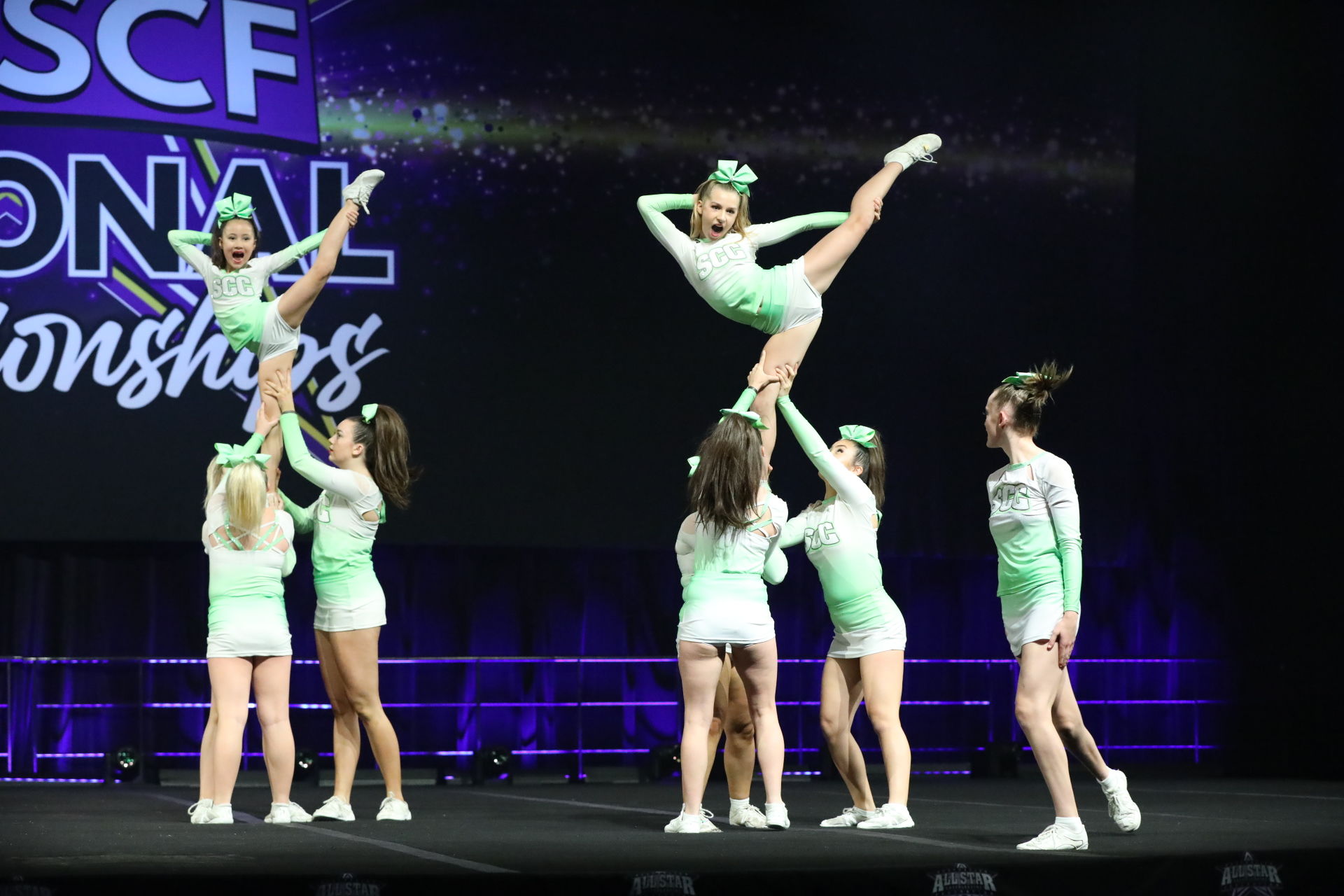

2. Pyramids:
Pyramids are intricate structures made by a combination of stunts connecting to each other, and using visual acrobatic transitions while stacking athletes on top of each other. They require precise timing, strength, and flexibility. Building a creative pyramid sequence is a true test of teamwork and trust.
3. Baskets:
Basket tosses involve throwing a flyer into the air to perform tricks, flips, and twists, before being caught by the bases. This element demands explosive power and impeccable timing to ensure both safety and a high level of execution.
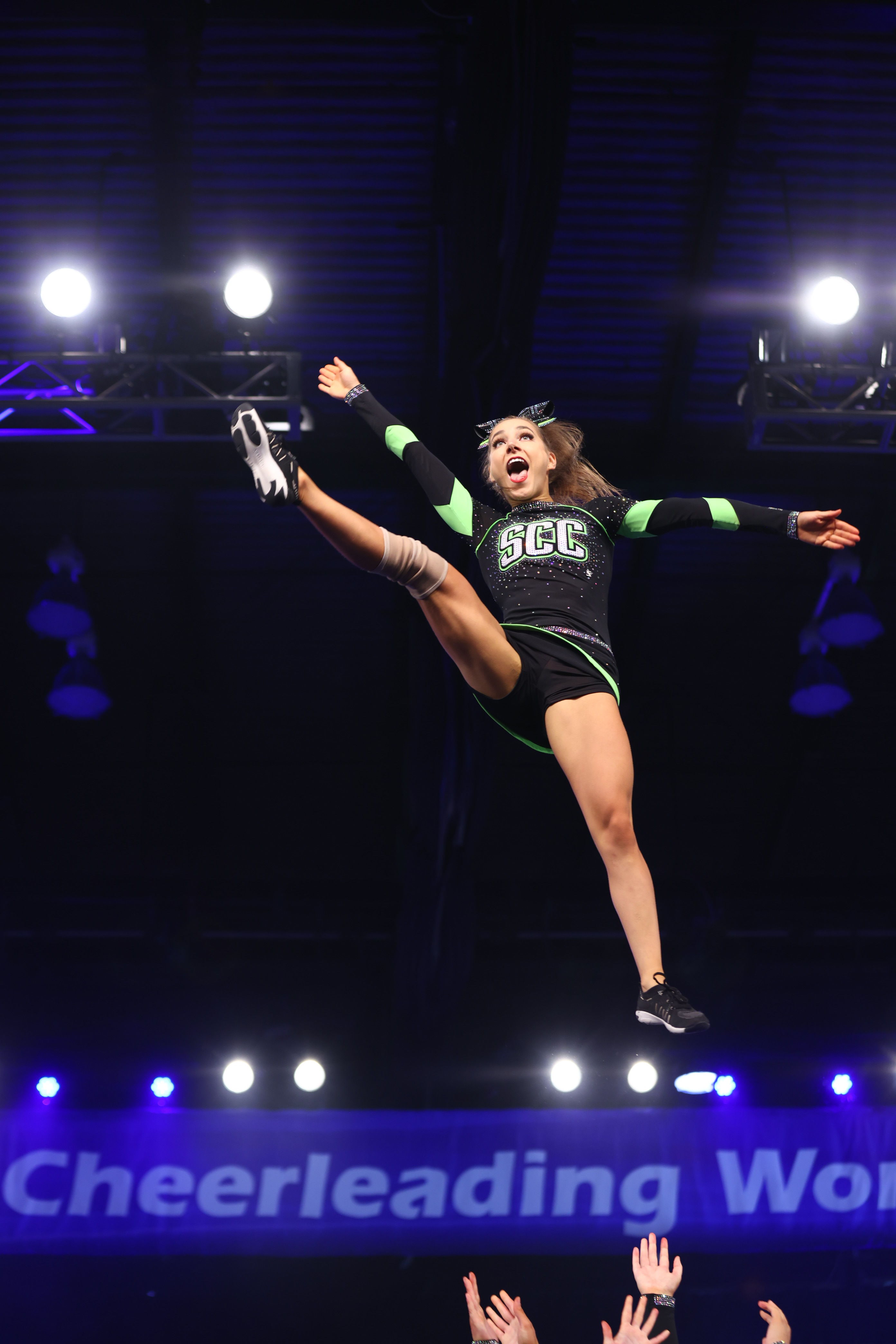
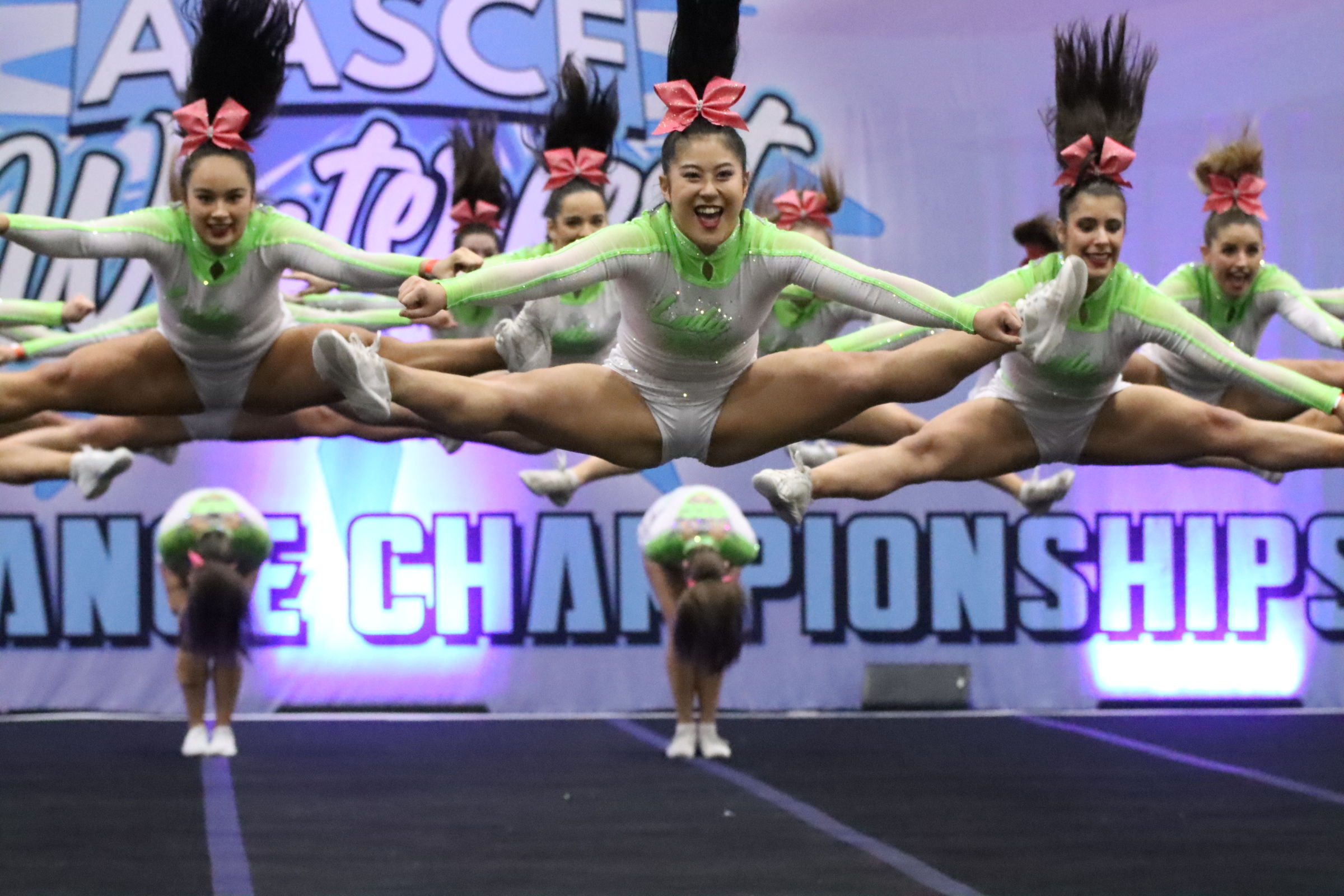
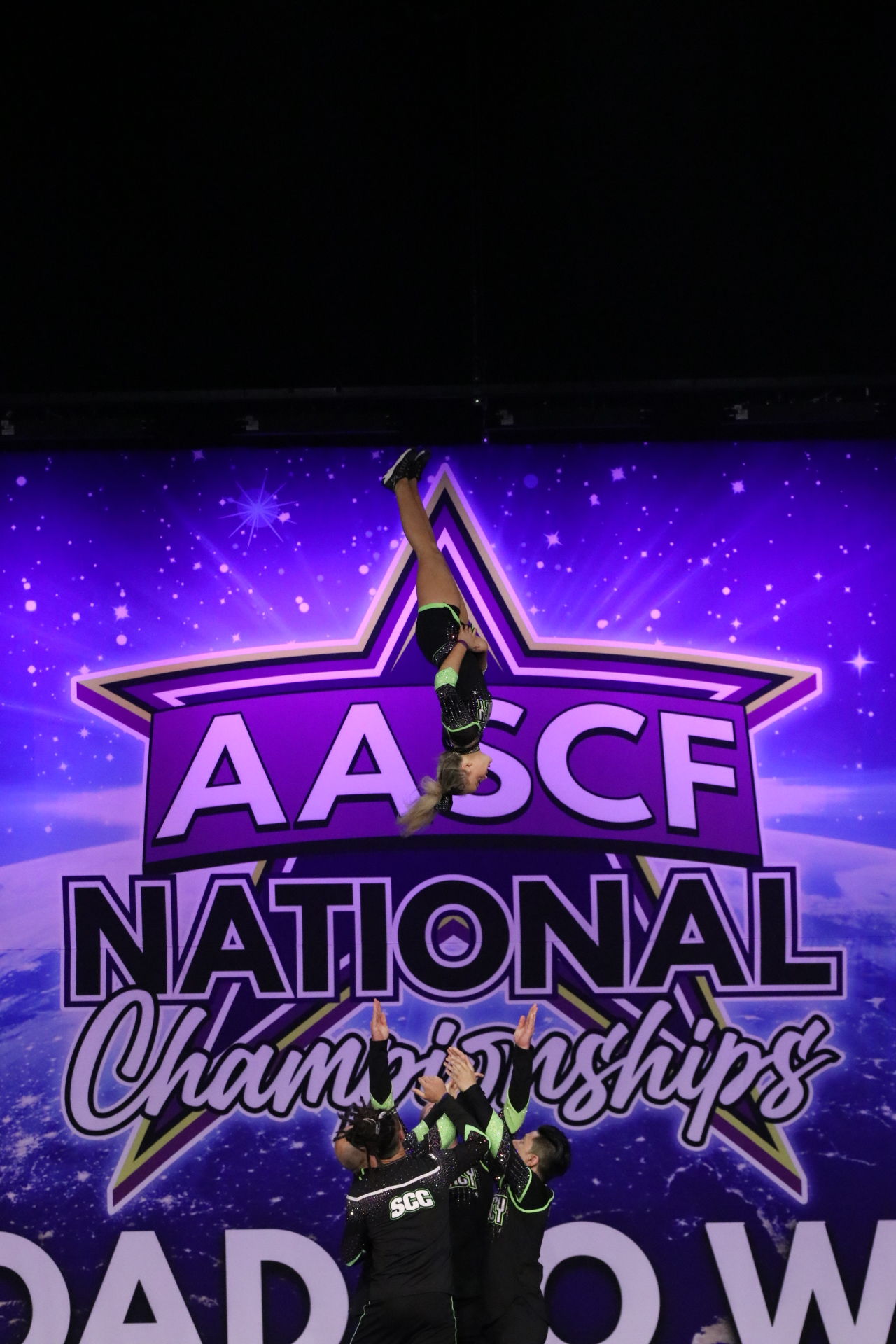
4. Jumps:
Jumps is an explosive floor based skill that showcases the athlete's flexibility and power. Common jumps include toe touches, pikes, and hurdlers/herkies. Each jump requires strong leg muscles, broad range of mobility, and good technique to achieve optimal height and form.
5. Running Tumbling:
Running tumbling involves a series of acrobatic skills performed while moving forwards across the floor. These sections are often performed in an exciting combination so that the team can showcase the athletes specialised skills. Skills like round-offs, walkovers, back handsprings, layouts, and much more, require speed, agility, and precise technique.
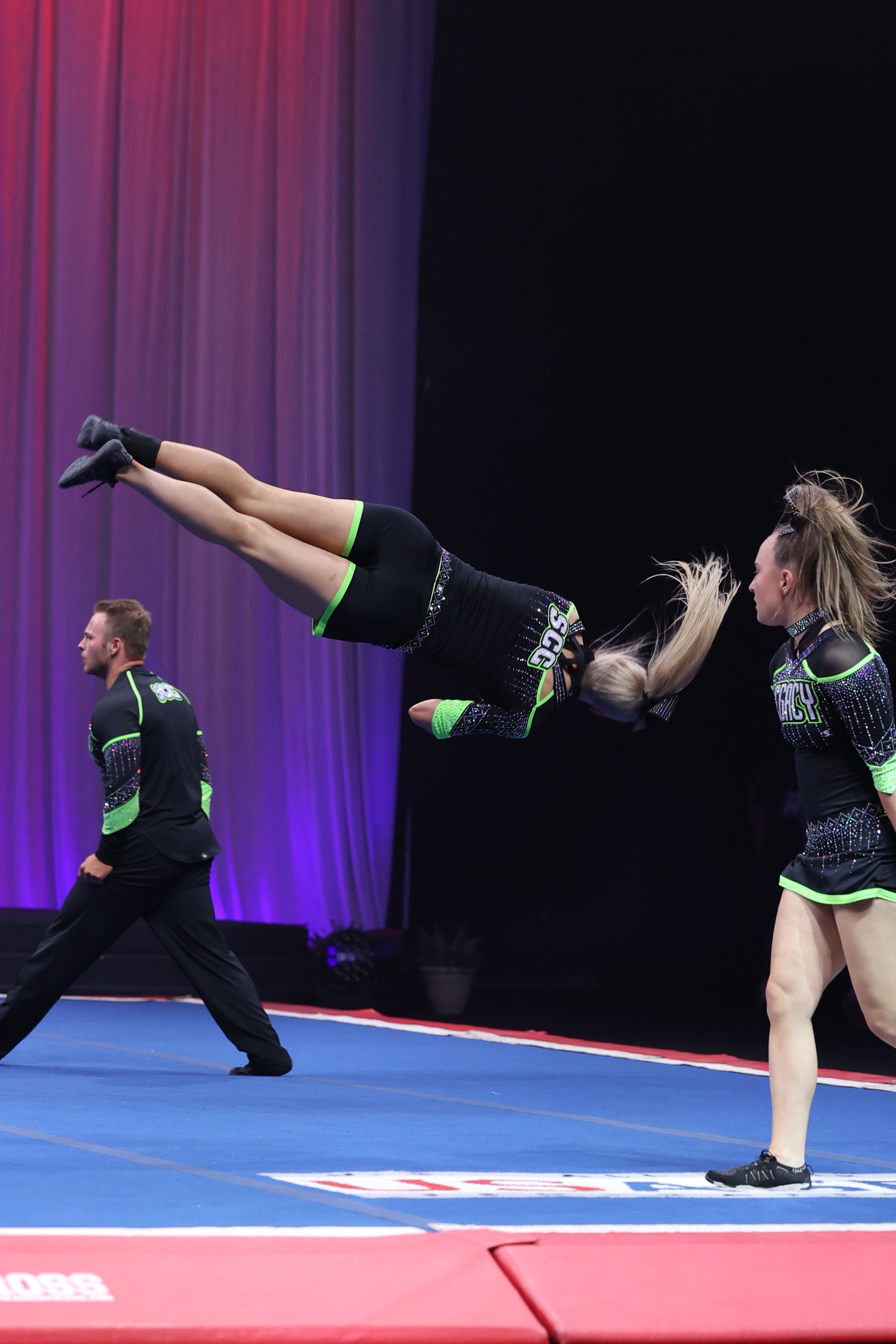
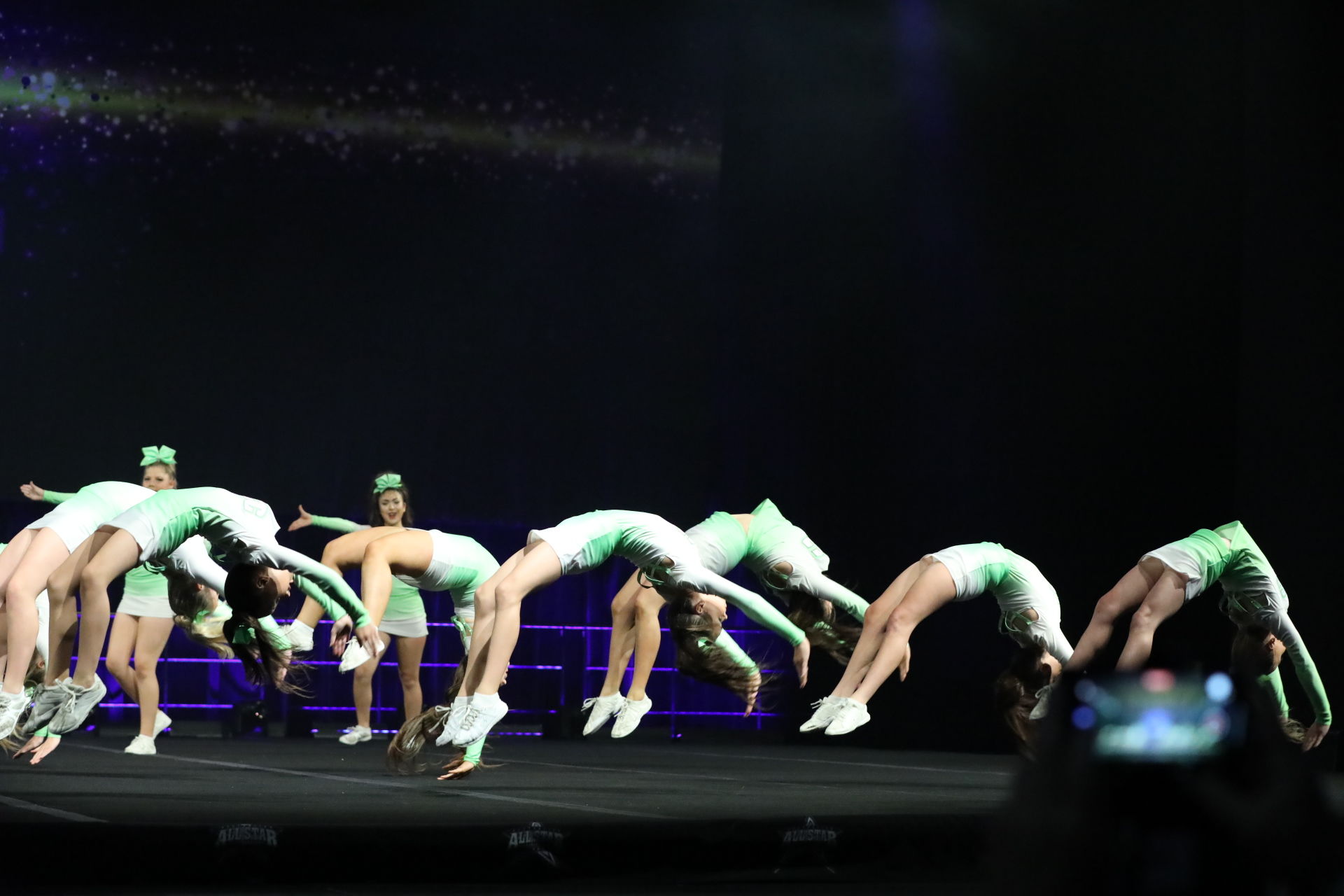
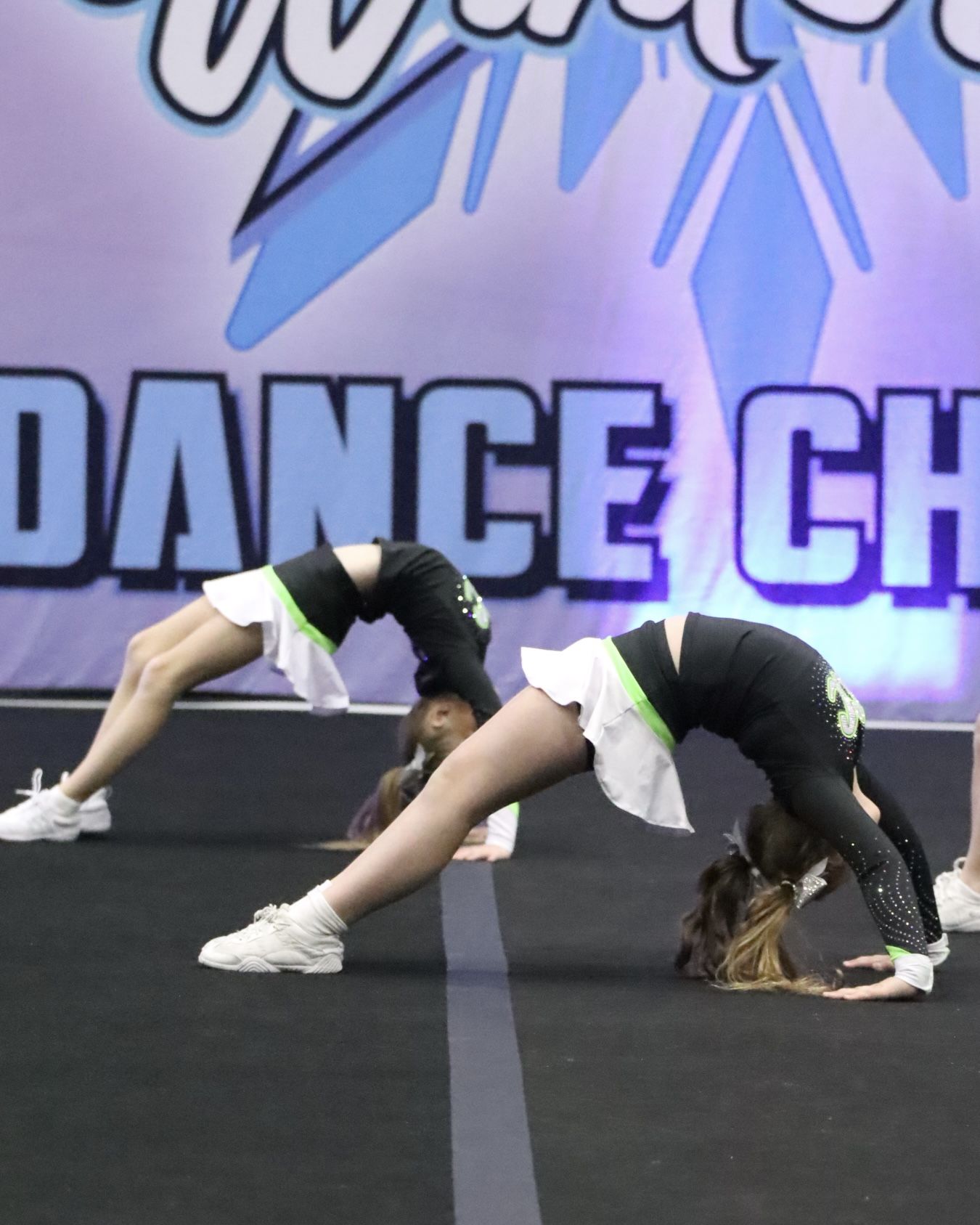
6. Standing Tumble:
Standing tumbling involves performing flips and handsprings both separately and in combination, with initiation created by stepping or jumping backwards from a stationary position. These sections are often executed in large groups of athletes performing these skills in perfect synchronisation. This demands strong core muscles and explosive power to execute moves without a running start.
7. Motions & Dance:
Motions are sharp, precise arm and body movements that form the foundation of cheerleading choreography. Dance routines add flair and style, requiring rhythm, coordination, and expressive performance skills. These sections of the routine are where the team can show their creativity and flair, while captivating the audience
The Performance Aspect
Performance is at the heart of cheerleading. Beyond executing technical skills, athletes must engage the audience with enthusiasm and charisma. Smiling, projecting confidence, and synchronising movements with teammates are crucial. A successful performance combines skill execution with showmanship, creating a captivating and energetic routine that wows judges and spectators alike.
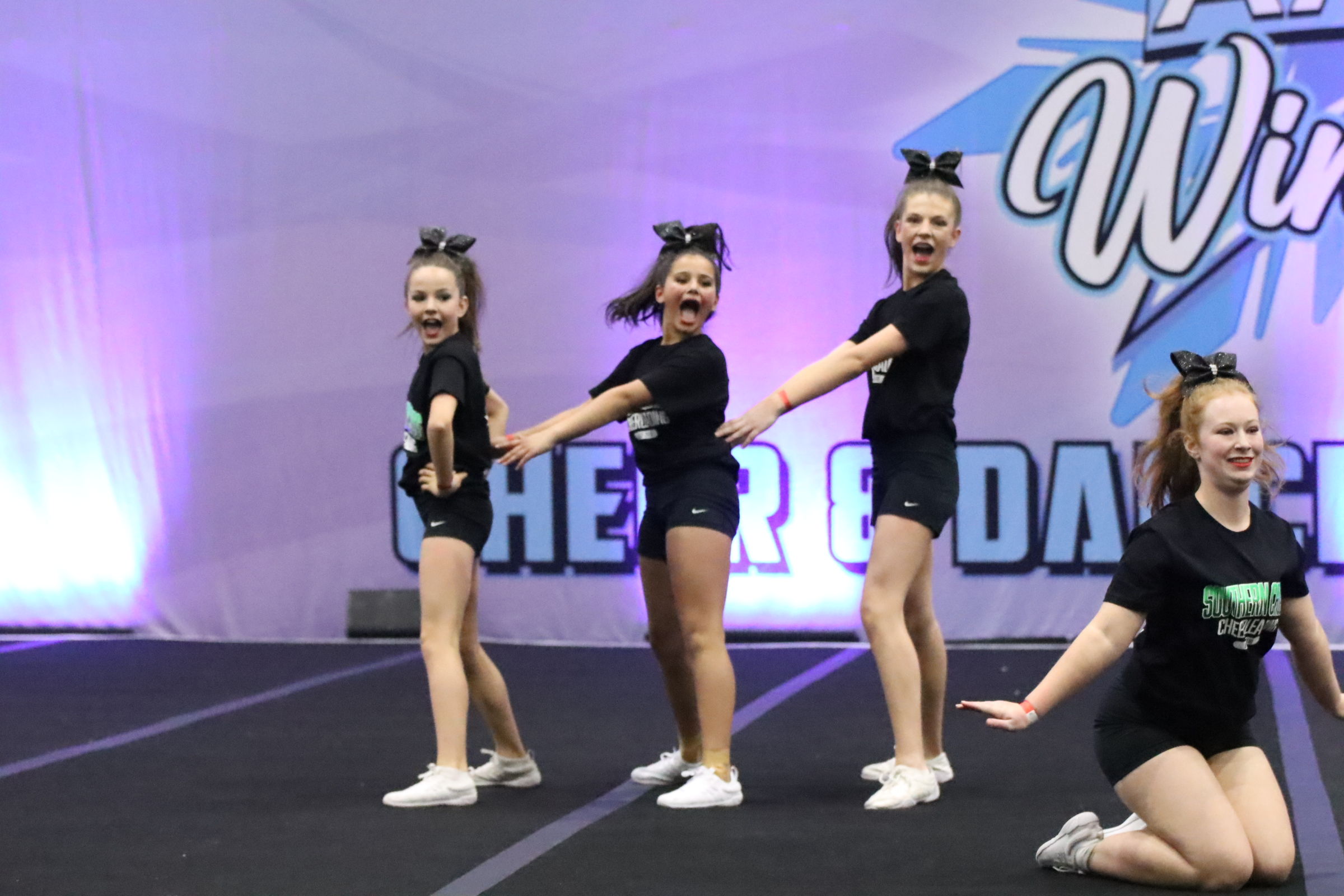
The Mental Demands of Cheerleading
Cheerleading is not just a physically demanding sport; it also requires significant mental strength. Here are some key mental demands:
1. Focus:
Athletes must maintain intense concentration during routines to ensure precise execution of each element. Distractions can lead to mistakes or injuries.
2. Teamwork:
Collaboration and communication with teammates are essential. Athletes rely on each other for support, timing, and coordination, making teamwork a cornerstone of successful cheerleading.
3. Resilience:
Cheerleading involves rigorous training, with routines taking weeks and sometimes months to perfect. This leads to the potential for setbacks, such as missed stunts or falls. Developing resilience helps athletes bounce back from challenges to allow them to continue to improve.
4. Commitment:
Consistent practice and dedication are necessary to master the complex skills in cheerleading. Athletes must be committed to their team and their own personal development, attending training consistently over the season and even practicing certain elements in between practice sessions to allow for progression.
Join Southern Cross Cheer
At Southern Cross Cheer, we offer numerous pathways for children eager to embark on their cheerleading journey. Whether your child is looking to start with recreational cheer or aiming for competitive all-star levels, we have the perfect program to suit their needs and abilities. Get in touch with us today to find out the best way for your child to get started in cheerleading and discover the incredible benefits this sport has to offer.
